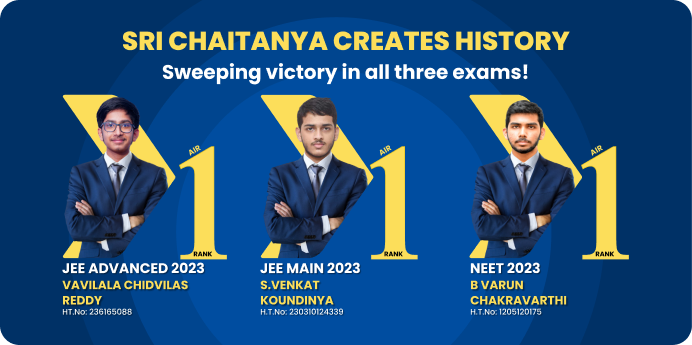



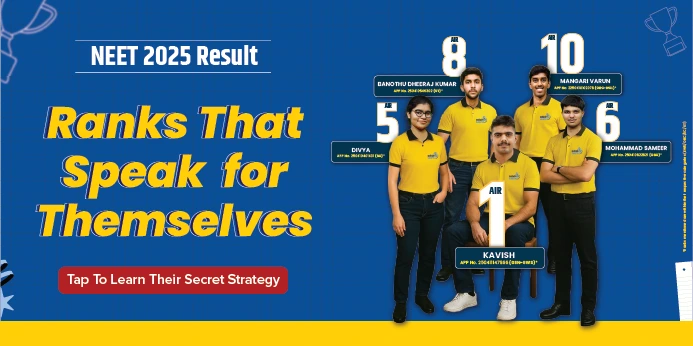
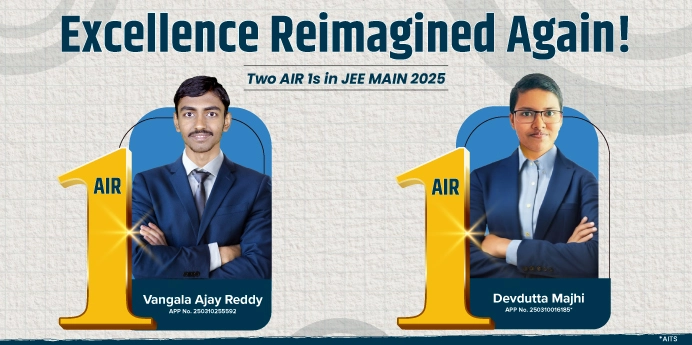
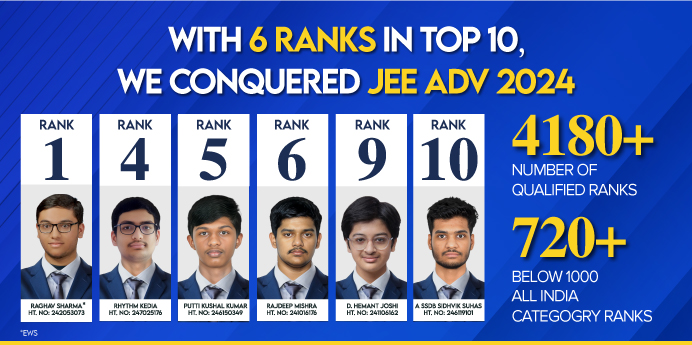
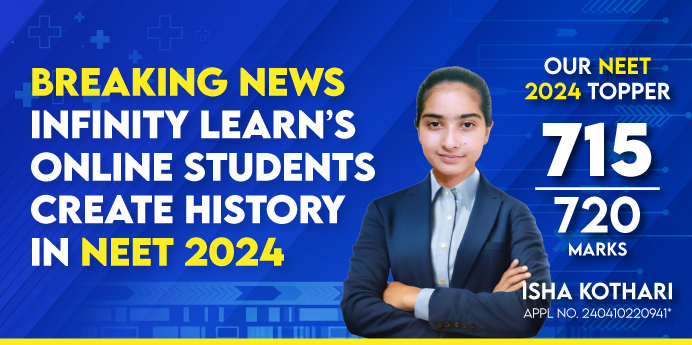













AI Mentor
Check Your IQ
Free Expert Demo
Try Test
Courses
Dropper NEET CourseDropper JEE CourseClass - 12 NEET CourseClass - 12 JEE CourseClass - 11 NEET CourseClass - 11 JEE CourseClass - 10 Foundation NEET CourseClass - 10 Foundation JEE CourseClass - 10 CBSE CourseClass - 9 Foundation NEET CourseClass - 9 Foundation JEE CourseClass -9 CBSE CourseClass - 8 CBSE CourseClass - 7 CBSE CourseClass - 6 CBSE Course
Offline Centres
Q.
To draw the Lewis structure of covalent molecules/ions following steps are followed(i) identify the central atom in the given species. Generally, central atom is that atom which is less in number, usually electronegativity of central atom is less. Hydrogen is never a central atom. (i) Atoms which are directly attached with central atoms are called surrounding atoms. (ii) Arrange the surrounding atoms around central atoms and make a single bond between each pair of central and surrounding atoms. If by doing so the octet of surrounding atoms is not complete, then make double or triple bond to ensure that the octet of all the surrounding atoms is complete, keeping in mind the covalency of central atoms. Usually covalency of any element is the number of unpaired electrons either in ground or in excited state. (iv) Covalency of any of the second period element can never exceed four i.e., it can't have more than eight electrons in its valency shell. However, covalency of 3rd and lower period elements can be less than, equal to or greater than four. (v) Represent the lone pair of electron particularly of central atom. (vi) If the given species is polyatomic ion then before making any bond between central atoms and surrounding atoms distribute the charge on surrounding atoms symmetrically as far as possible and then follow all the above mentioned steps Which of the following structures of CN22− is INCORRECT ? Which of the following is CORRECT representation of Lewis structure of given species? Consider the following statements: (I) Covalency of hydrogen can't be more than one. (II) Nitrogen can't form more than four covalent bonds. (III) In all the possible non-cyclic Lewis structures of azide ionN3- central nitrogen has covalency of four. (IV) Maximum covalency of sulphur is two as it has two unpaired electrons in its valence shell Using the codes "T' for "TRUE' and 'F" for FALSE' statements in the given sequence. pick the CORRECT answer.
see full answer
High-Paying Jobs That Even AI Can’t Replace — Through JEE/NEET
🎯 Hear from the experts why preparing for JEE/NEET today sets you up for future-proof, high-income careers tomorrow.
An Intiative by Sri Chaitanya
a
b
c
d
e
f
g
h
i
FTTF
j
TTTT
k
TFTF
l
TTTF
answer is �, �, �.
(Unlock A.I Detailed Solution for FREE)
Best Courses for You

JEE

NEET

Foundation JEE

Foundation NEET

CBSE
Detailed Solution
is incorrect due to no. of L.P. as nitrogen. Maximum covalency of S is = 6
Watch 3-min video & get full concept clarity


courses
No courses found

